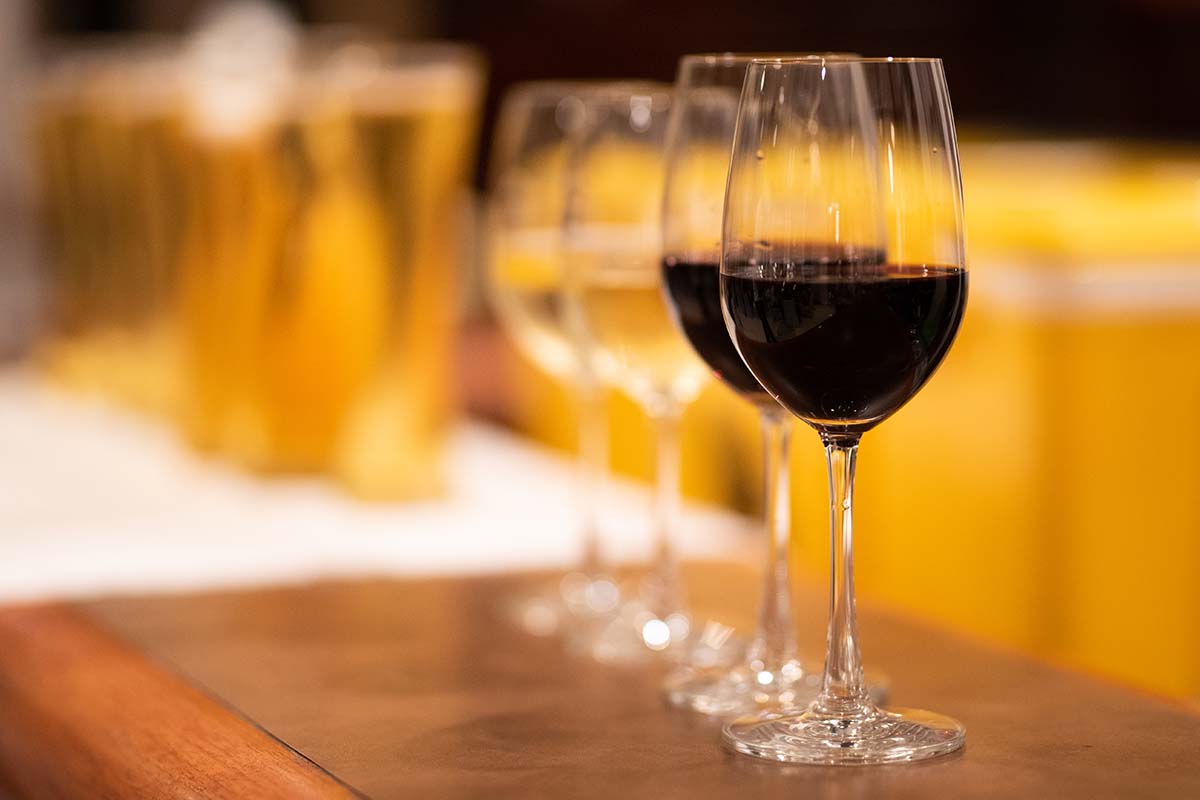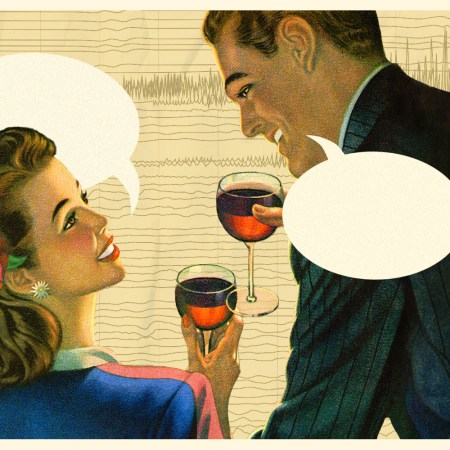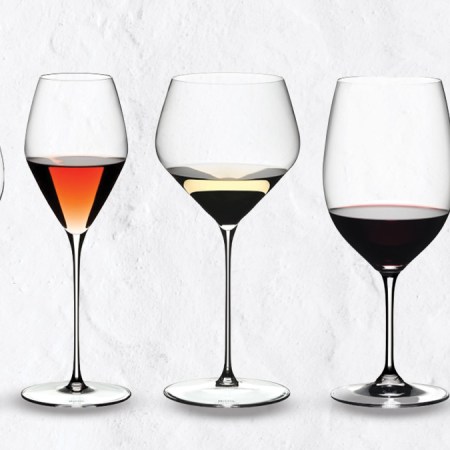It seems easier to get into beer than wine. Not only because of its cultural ubiquity and broadly accessible price point, but because the distance between the Champagne of Beers and a crisp, snappy craft pils is galactically smaller than the distance between Two-Buck Chuck and a Cru Champagne.
What makes wine even harder to get into is that the suggestions we beer lovers tend to get from friends and somms aren’t actually great for people just finding their way into the vast world of wine. When a person knows you have a good deal of experience with hops and barley — but very little with cab franc or carbonic maceration — the odds that their suggestions will transform you into an oenophile are about as good as walking into your local East Coast dive and finding Pliny the Younger on tap.
There’s a common misconception that beer drinkers, especially those of us who love craft IPAs in all their hazy, hoppy, citrusy glory will like big, punch-you-in-the-tongue reds. So you’ll possibly gravitate toward burly cabs and syrahs, with notes of spice, tobacco and wood and the kind of intense tannins that will leave your mouth feeling like you just licked a congressional campaign worth of envelopes. Somehow these steakhouse reds are perceived to be “manlier” or more akin to the masculine qualities of craft beer.
So What Wine Should I Pair With In-N-Out’s Crazy Animal-Style Fries?
An LA wine expert pairs our favorite fast food with elevated wine picksBut I disagree. Because what makes craft beer appealing is not its strength or heft, but its complexity and ability to deftly balance great depth with surprising drinkability. Trying to get into wine through the overpowering reds everyone seemed to think I would like as a beer drinker is what turned me off to wine in general. It was only when I found the expansive world of dry and interesting reds that I became a true believer (and eventually found my way back to the cabs and syrahs of the world).
So let’s examine a few wine styles that I, as a beer fan, have grown to love.
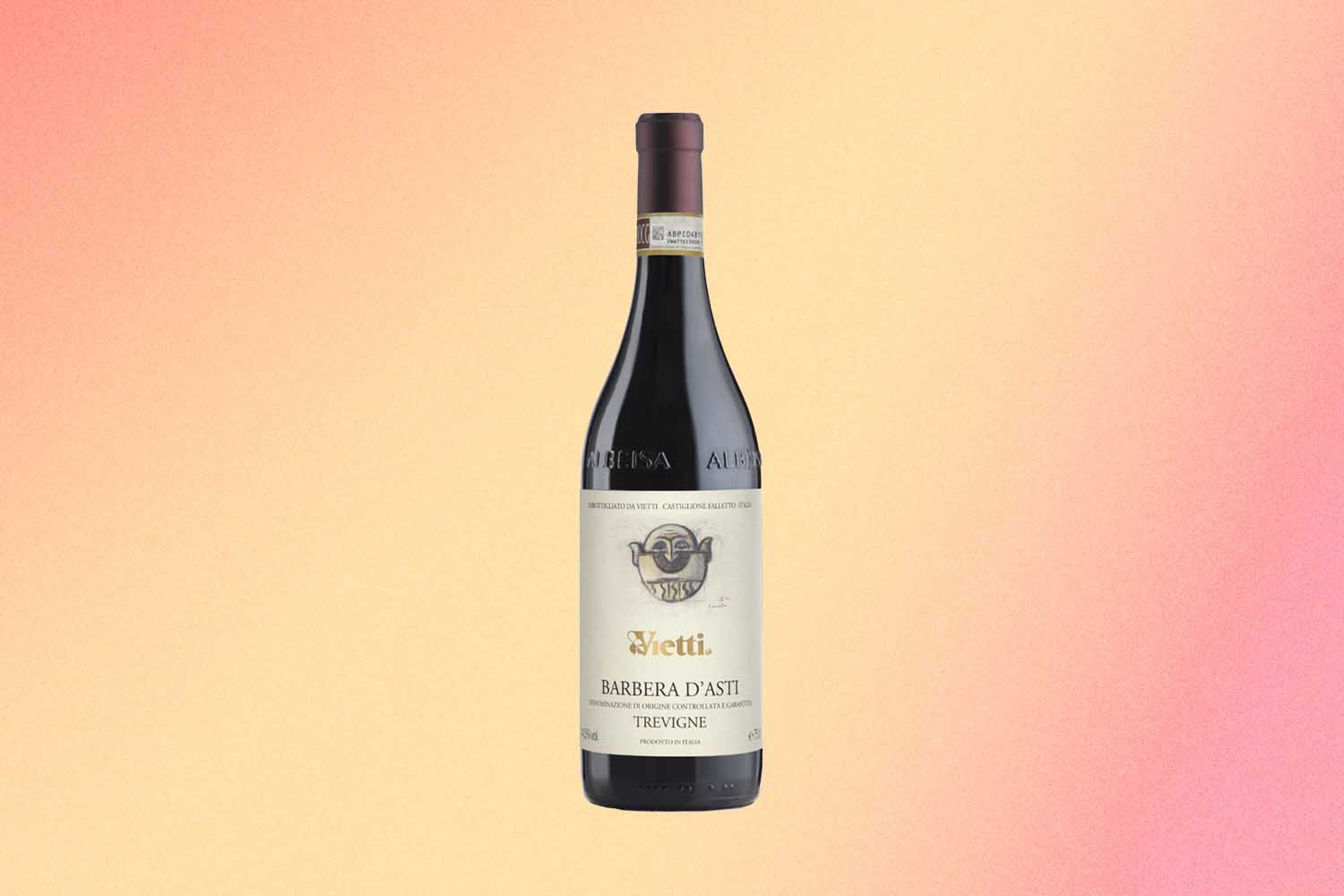
Barbera
Barbera is to Italy what pizza is to Italy, in that you can find quick-fix takes and truly artful expressions — and neither one will break the bank. The bulk of barbera is grown in Piedmont, which is right up there with Burgundy and Bordeaux as one of the world’s great wine regions (if not the greatest). Unlike its much pricier and much more revered neighbor, Barolo, or even Barbaresco (both of which are made from the nebbiolo grape), barbera is easy to drink and easy to fall in love with. Medium-bodied with crisp acidity and soft tannins, it’s approachable without ever being boring, like that person you sit next to on a plane that you actually want to talk to. And what’s more, you can get a great bottle, like Vietti Barbera d’Asti Tre Vigne, for less than $20. It pairs well with a wide variety of foods, from grilled vegetables, pasta and charcuterie to, you guessed it, pizza.
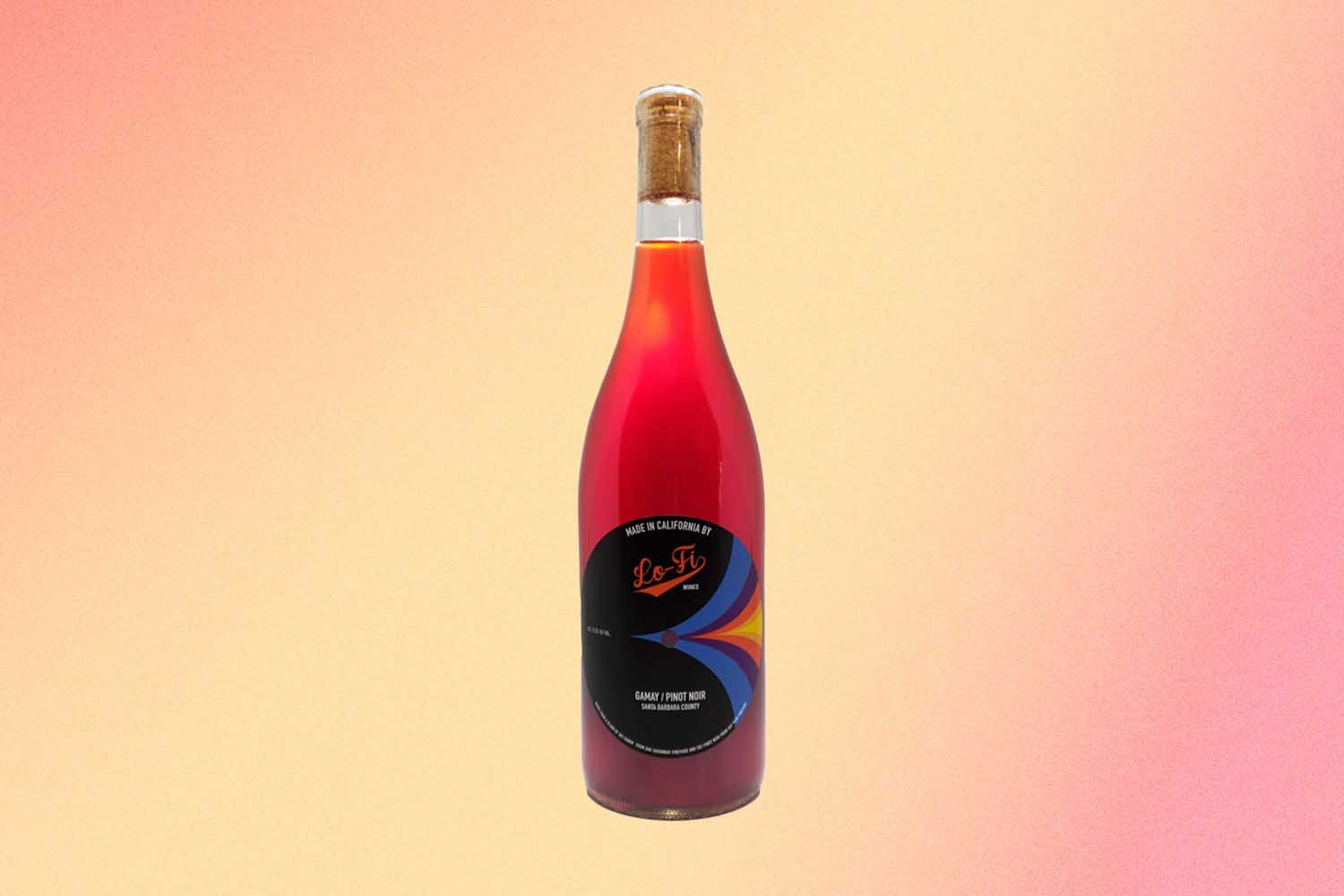
Gamay
Gamay is a purple-hued grape that’s almost synonymous with Beaujolais, the wine region just south of Burgundy in France. At first, I confused Beaujolais the region with Beaujolais Noveau, the explosively fruity and floral wine released on the third Thursday of November every year which tends to be too light, fruity and floral for my taste. On the other hand, the 10 “Cru” Beaujolais take the mild tannins and lightness of gamay to a much more complex, interesting and even age-worthy place. The easy way to know if the Beaujolais you’re buying comes from one of the 10 Crus is that (confusingly) it probably won’t say the word “Beaujolais” on the bottle. Instead, it will list the village it’s from: St-Amour, Juliénas, Chénas, Moulin-à-Vent, Fleurie, Chiroubles, Morgon, Regnié, Brouilly and Côte de Brouilly.
Moulin-à-Vent and Morgon are at the top of the gamay pile regarding weight, concentration and complexity, with Morgon being a personal favorite. Brouilly is kind of like putting a Parisian bistro in a bottle, and Chiroubles, the highest village and one of the harder bottles to find, tends to be wonderfully light, dry and ephemeral. You can also find interesting and highly drinkable gamays from Oregon and California (check Lo-Fi in Santa Barbara), all of which drink well young and appreciate a good chill (both literally and figuratively). It’s also a great alternative if you’re with a bunch of people at brunch set on ordering some sticky sweet rosé. Steer them towards gamay, toss it in the ice bucket for 10 minutes and avoid being the one person at the table who orders a beer.
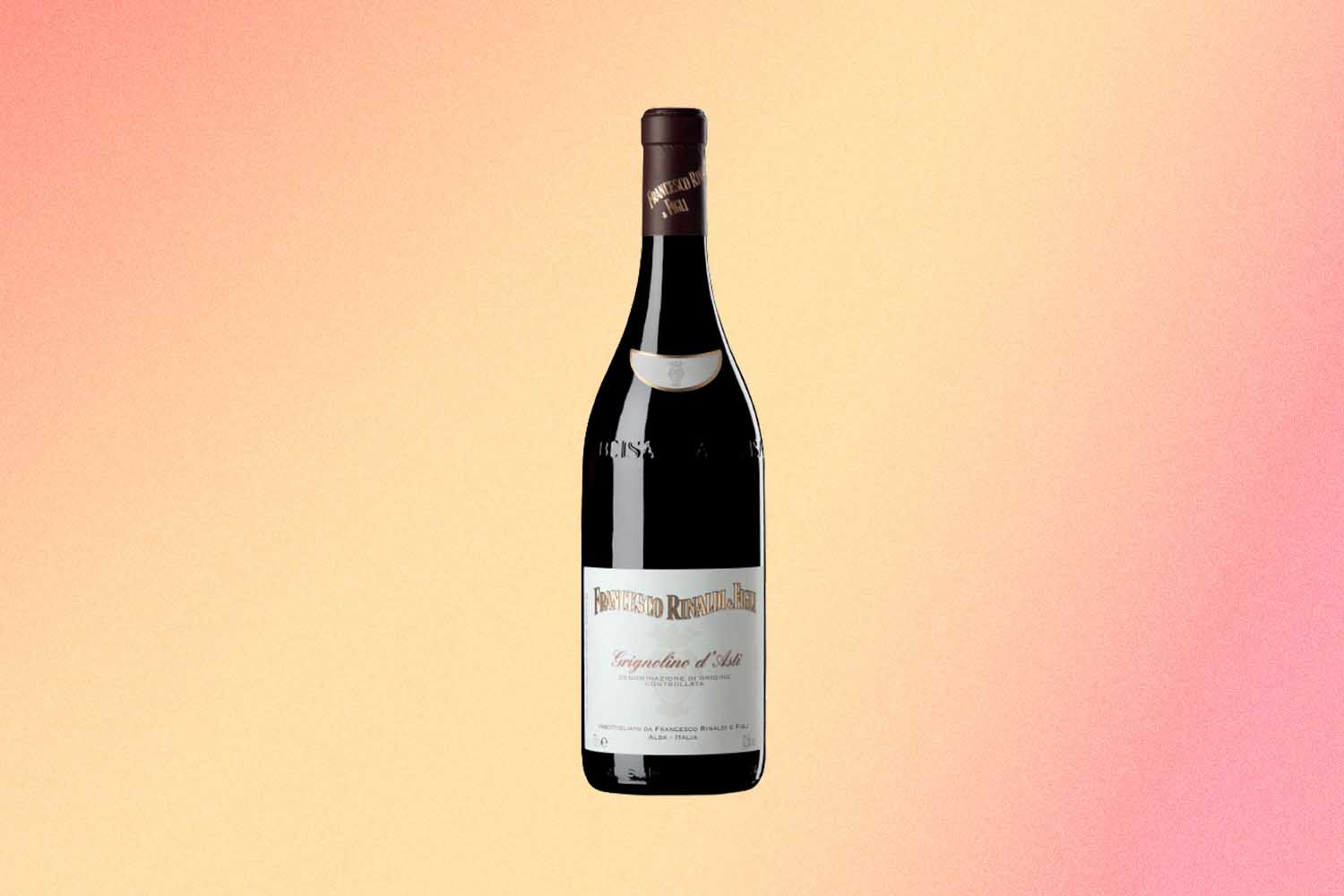
Grignolino
Found in Monferrato in southern Piedmont, this fun to say and drink wine was traditionally what Italians drank while they waited for their nebbiolos to age. The name grignolino comes from the local dialect and means “many pips,” or seeds. And much like a beer lover who is drinking wine, it’s a study in contradictions and contrasts. It’s light in body and color, but also very dry. It’s low in alcohol but can be pretty high in tannins because of all the seeds. It has bright and focused acidity but brings as many herbal notes as it does fruit. And it works just as well with a piece of fish off the grill as it does with a double-bacon cheeseburger. Like all the wines in this article, it should be served chilled (50-55 degrees), which takes about 10 minutes in a cooler full of cans. Grignolino can be almost as hard to find as it is to say, but it’s also generally not that expensive — for example, Francesco Rinaldi makes one for around $20 a bottle.
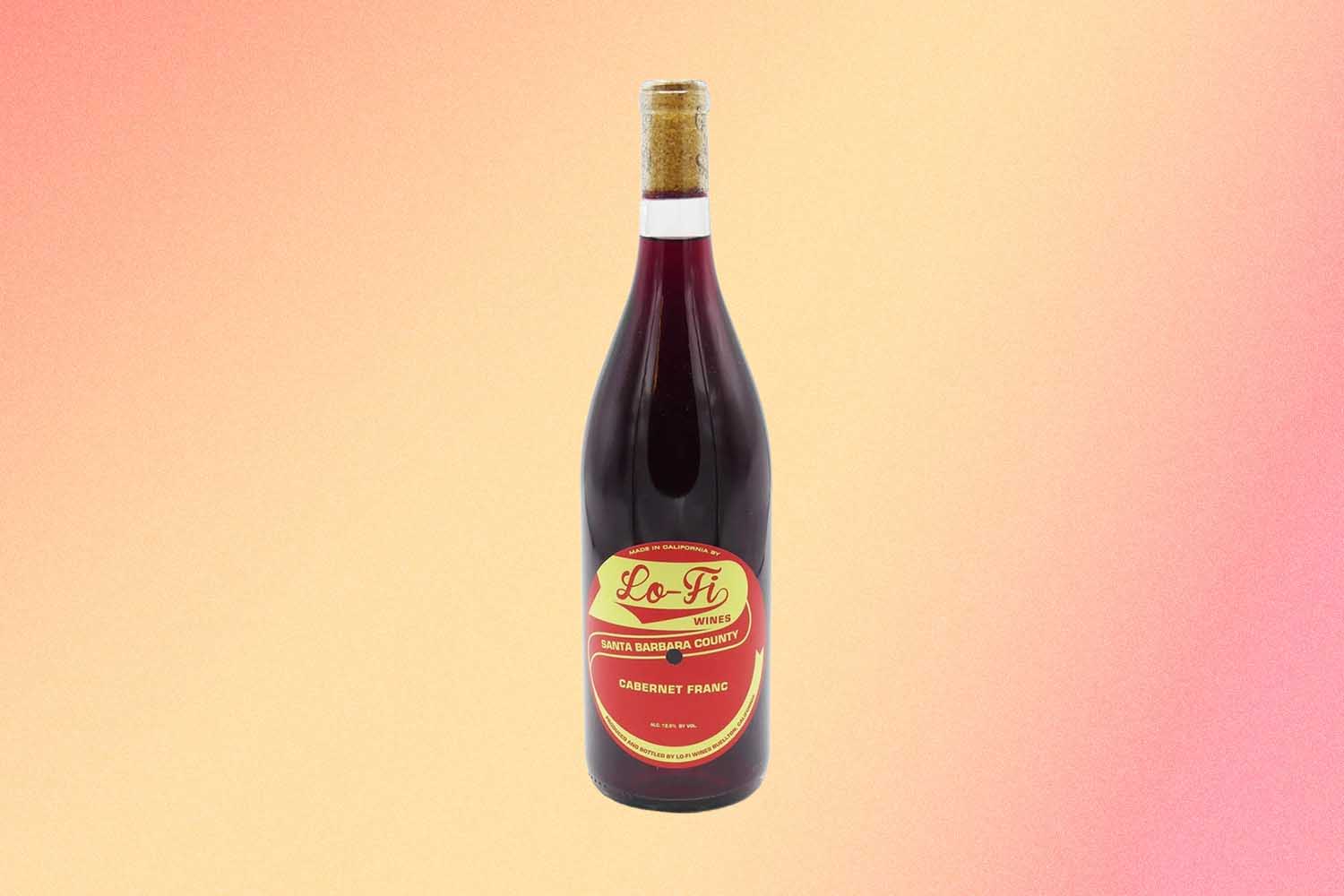
Carbonic Maceration and Cabernet Franc
A cheat code when it comes to making easy-drinking wine that can be enjoyed young but also that retains complexity and depth is “carbonic maceration.” This process basically means leaving the skin on the red grapes so fermentation starts from the outside in, making a wide variety of varietals wildly drinkable. There is a tendency right now to carbonic macerate everything to make it all gluggable beyond reproach, and it’s definitely a trendier corner of the wine world than say, searching out a Cru Beaujolais (even though the process actually originated in Beaujolais and has been used there for years). Carbonic maceration softens the tannins, lowers the alcohol and makes the resulting wine — even if it’s from a grape that tends to be more tannic — much easier to approach. While I wouldn’t necessarily call cabernet franc or sangiovese ideal entry points for beer drinkers trying to get into wine, if you do come across one made through carbonic maceration, the tannins and acids will be softened to a very accessible, drinkable and enjoyable point.
The last piece of advice I’ll give, as a beer lover who has become a wine lover, is to try more and worry less. The stakes somehow seem higher with wine, as if choosing the wrong one says something about — while choosing an unquaffable ale is almost a certainty when you’re exploring the menu at a craft beer bar. Choose a grape or a region and dig deep before moving on to the next one. Along the way, take note of the bottles you like, and keep them in mind when you’re at the wine store or out to dinner. Any good bottle shop or somm will be able to help you find new things to try based on what you already like. Plus, just by mentioning Chiroubles, they won’t think to give you the wine they overstocked and need to move.
And last but not least, once you’ve become a convert, feel free to proselytize and convert other beer drinkers. Mainly because then you’ll have more people to crack a bottle with.
Every Thursday, our resident experts see to it that you’re up to date on the latest from the world of drinks. Trend reports, bottle reviews, cocktail recipes and more. Sign up for THE SPILL now.
